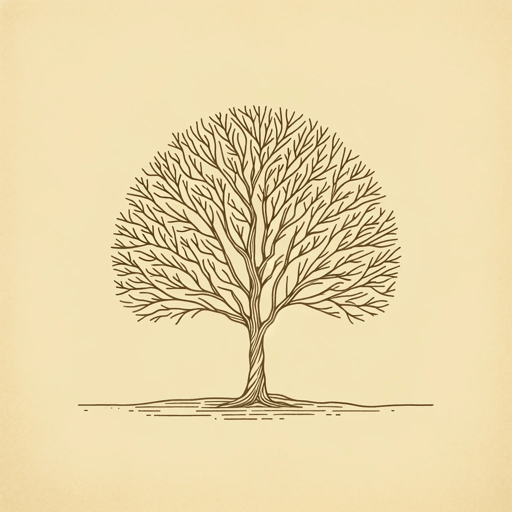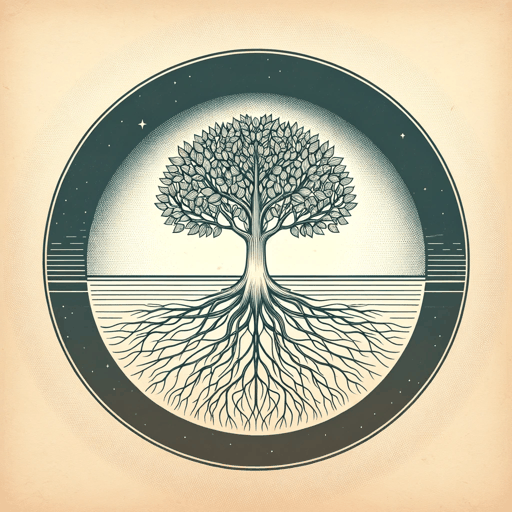47 pages • 1 hour read
Brené BrownThe Gifts of Imperfection: Let Go of Who You Think You’re Supposed to Be and Embrace Who You Are
Nonfiction | Book | Adult | Published in 2010A modern alternative to SparkNotes and CliffsNotes, SuperSummary offers high-quality Study Guides with detailed chapter summaries and analysis of major themes, characters, and more.
Summary and Study Guide
Overview
The Gifts of Imperfection: Your Guide to Wholehearted Living (2022) by Brené Brown (originally published as The Gifts of Imperfection: Let Go of Who You Think You’re Supposed to Be and Embrace Who You Are in 2010) introduces the key concepts that have become a signature of Brown’s research, such as reclaiming the importance of vulnerability and defining shame as an obstacle to self-development and connection. The original book spent 75 weeks on The New York Times bestseller list, though it was later overshadowed by Brown’s subsequent work, like Daring Greatly: How the Courage to Be Vulnerable Transforms the Way We Live, Love, Parent and Lead (2012). The discussion of vulnerability in particular was Brown’s springboard to fame. In June 2010, she delivered a TEDx Houston talk titled “The Power of Vulnerability,” which has received over 61,000,000 views. The talk cemented Brown as a key figure in the self-development movement, and Brown expands on those ideas in The Gifts of Imperfection.
The 10th-anniversary edition is prefaced with Brown’s reflections on how her attitude has changed since the 2010 edition—namely, her awareness of her white privilege and her sensitivity to the fact that people from less advantaged ethnic groups face greater challenges in being vulnerable. She maintains that it is the responsibility of everyone to work toward a world where people from all demographics have the physical and emotional safety to be vulnerable.
This guide refers to the Hazelden Publishing e-book edition.
Summary
Following a mental-health crisis in 2006, Brown began looking for inspiration to reform her attitude. She found it in the perspectives of her research subjects, who she believed were living wholehearted lives, which Brown defines through 10 guideposts. Brown asserts that wholehearted living can be achieved through courage, compassion, and connection. The research subjects, whose narratives were collected during Brown’s qualitative research, stood out for living full, inspiring lives while accepting their imperfections. These people embodied courage, compassion, and connection and had the audacity to be and reveal their true selves, despite social demands that they conform.
Brown draws upon her training as an emotions researcher to look at the principles of wholehearted living, in addition to the feelings that can become obstacles to wholehearted living. These include shame—the belief that there is something fundamentally wrong with us and that we are unworthy of love—and the judgment and self-protection that cause us to distance ourselves from others.
Brown guides the reader through 10 guideposts, each of which explore a tenet of wholehearted living. For each guidepost, she shares a story and personal challenge, explaining the actions she took to stop shame from blocking her from being her true self. She then offers suggestions to the reader on how they can clarify what each guidepost means to them, how to source inspiration through engaging with various forms of media, and, finally, how to act on these principles. Brown makes clear that the final step is incredibly important: If a reader fails to act on their attitudinal shift, they cannot implement it.
The guideposts address some of the most common obstacles to wholehearted living, such as caring overly what others think of us, losing ourselves in the race for accomplishments and status, the perfectionism that freezes our dreams rather than inspiring us toward excellence, and the numbing behaviors that we undertake to mitigate difficult feelings like vulnerability.
Later, she shows how discomfort with uncertainty disconnects us from our intuition as we field out difficult decisions to others or act impulsively because we fear the powerlessness associated with the unknown. This, in addition to prioritizing competition with our neighbors over creativity and being cool over allowing unbridled joyful expression, disconnects us from the spiritual sense that we are part of something larger than ourselves. Spirituality, Brown argues, is essential for wholehearted and authentic living, as it fosters connection and gives us perspective on the superficiality of societal demands about how we should be. Crucially, it is the belief in the oneness itself as opposed to the deity of any particular organized religion that is significant.
Brown concludes by asserting the importance of courage, compassion, and connection over conformity, emphasizing that the only way we will feel we belong in the world is by showing up in it as ourselves.
Related Titles
By Brené Brown

Atlas of the Heart: Mapping Meaningful Connection and the Language of Human Experience
Brené Brown

Braving the Wilderness: The Quest for True Belonging and the Courage to Stand Alone
Brené Brown

Dare to Lead
Brené Brown

Daring Greatly: How the Courage to Be Vulnerable Transforms the Way We Live, Love, Parent, and Lead
Brené Brown

Rising Strong
Brené Brown

You Are Your Best Thing: Vulnerability, Shame Resilience, and the Black Experience
Brené Brown, Tarana Burke

